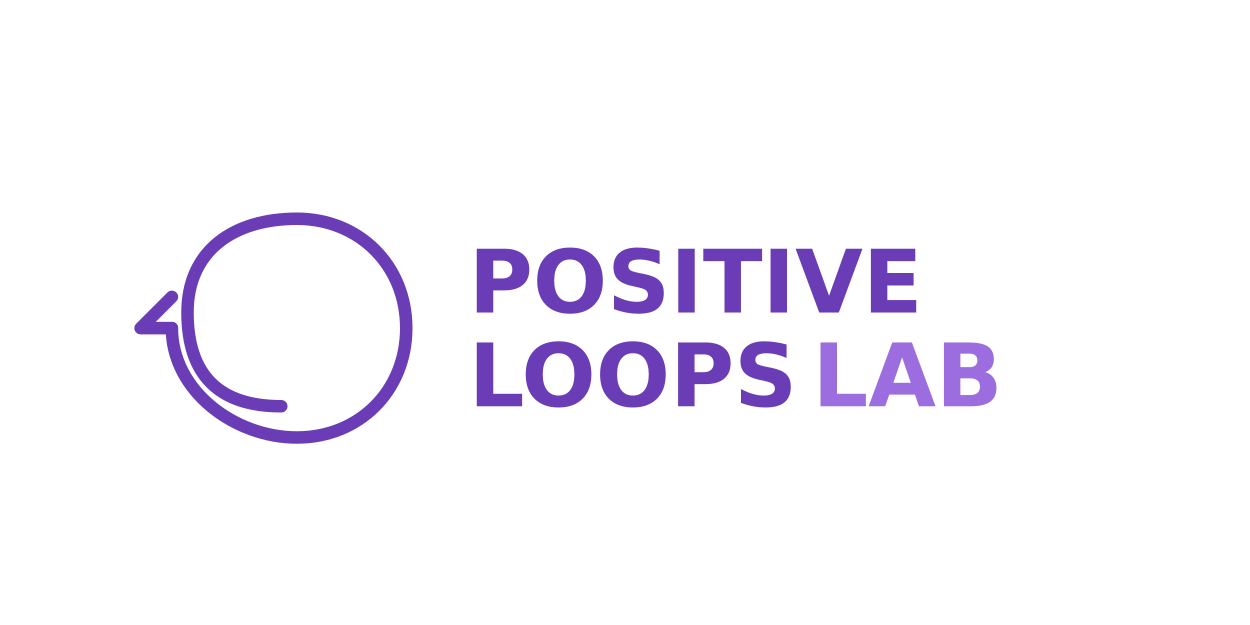Digital transformation is often viewed as a technology problem, but it's fundamentally an identity challenge.
The ancient philosophical puzzle of the Ship of Theseus offers a framework for understanding the complex dynamics of organisational change. As financial institutions replace legacy systems with cloud technology, manual processes with automation, and traditional roles with new capabilities, they face a similar challenge in the question that Plutarch asked:
If we replace each part of our organisation, is it still the same organisation?
My experience pushing for and implementing change across financial inclusion is that the answer depends entirely on how we approach the transformation process.
The Paradox of Organisational Identity
Organisations regularly cling to 'identity' as operational processes, even when that identity no longer serves them, or their clients.
I've worked with financial institutions where loan officers would travel with bags of cash and paper records, proudly maintaining practices that were established decades ago. One institution was still using a typewriter for its loan contracts. This was 2020!
Day to day manual processes, interactions with clients, community centre meetings. These elements form the identity of some organisations for many staff members. When we introduced digital tools that would fundamentally change how they worked, the resistance wasn't about the technology itself but about preserving what they felt made them who they were.
This attachment to operational identity often blinds organisations to the fact that their mission (improving financial inclusion) could be better served through new methods.
The Sequence of Change Matters
Successful digital transformation often requires replacing entire parts of your ship while keeping it afloat.
Some changes are greater than others, and the sequence matters.
Core technological infrastructure, backed up by clear strategic direction should come first - before changing tackling visible elements that define daily work. Building a strong foundation with the right technical strategy, and communication is essential.
Organisations that try to transform everything at once often sink their own ships, creating resistance and operational chaos that undermines their mission rather than advancing it.
Mission over Methods
Your mission is your north star, not your methods.
Often it is the latter that people cling to.
The most successful financial institutions I've worked with maintain an unwavering focus on improving outcomes for their clients and staff while being completely flexible about how they achieve those outcomes. They understand that the essence of their identity isn't bundled in paper forms, policies, and keeping things the same – it's a commitment to financial inclusion and improving lives. By anchoring change in this deeper sense of purpose, an organisation can replace every operational "plank" while still recognising themselves in the mirror.
The institutions that struggle most with transformation are those that have confused their methods with their mission.
The Personnel Paradox
People are both the most replaceable and irreplaceable parts of your organisational ship.
During periods of digital transformation, I've seen entire finance teams resign rather than adapt to new automated systems. A CFO who built their identity around managing manual consolidation processes suddenly found their role transformed into a strategic advisor. The organisations that navigate this transition successfully are those that invest heavily in helping their people evolve with the ship, rather than throwing them overboard. They recognise that while nearly every role will change dramatically, the institutional knowledge and mission commitment of long-term staff are actually irreplaceable.
Without this approach, you might maintain the appearance of your organisation while losing its essence.
Building a Ship That Can Evolve
The most resilient organisations design themselves for continuous transformation from day one.
In Myanmar, I worked with a Microfinance institution that operated in extremely volatile conditions. Political upheaval, connectivity challenges, and regulatory shifts created an environment of constant change. What made them successful wasn't having the perfect system or structure – it was building an organisational identity around adaptability itself.
Their ship was designed to have its planks replaced continuously without losing its course.
Maintaining Organisational Culture
Growth creates identity dilution, unless you're intentional about culture transfer.
It is common for financial institutions during times of change to hire technical specialists, often those with banking backgrounds to create much needed efficiencies. These people can be highly effective when they are integrated into the organisational culture and embrace the organisational mission. Being efficient in ways that are not aligned with the outcomes you want is just a faster way to mission drift.
Ensuring that the onboarding processes firmly cement organisational purpose and direction is key to maintaining culture.
From Preservation to Evolution
The paradox resolves when we shift from preserving identity to evolving purpose.
The most innovative financial inclusion organisations I've worked with don't ask "How do we stay the same while everything changes?" Instead, they ask "How does our purpose evolve in response to new possibilities?" When cloud-based systems suddenly made real-time reporting possible, these organisations did't just digitise their old paper reports. They reimagined what accountability to clients could mean with this new capability. They use digital transformation not just to do the same things more efficiently, but to expand their conception of what's possible in service of financial inclusion.
When building for the future, it can be helpful to keep The Ship of Theseus in mind, and ask the question:
How can we transform, whilst keeping our identity?

